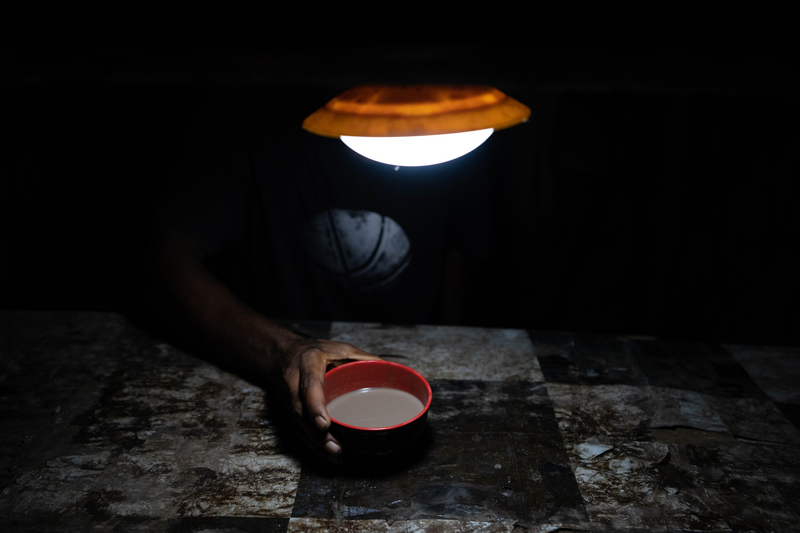Vanuatu is an archipelago where ancient traditions shape everyday life, and among these customs, kava holds a central place. More than just a drink, kava is a cultural, economic, and social cornerstone for the Ni-Vanuatu people. Whether you are an adventurer seeking new experiences or a curious traveler wanting to discover the heart of the archipelago, immersing yourself in the kava culture will give you a truly authentic glimpse into local life.
Vanuatu is an archipelago where ancient traditions shape everyday life, and among these customs, kava holds a central place. More than just a drink, kava is a cultural, economic, and social cornerstone for the Ni-Vanuatu people. Whether you are an adventurer seeking new experiences or a curious traveler wanting to discover the heart of the archipelago, immersing yourself in the kava culture will give you a truly authentic glimpse into local life.
What is kava?
Kava is a tropical plant, known for its roots, which are used to prepare a traditional drink with relaxing effects. Its scientific name is Piper methysticum. The roots are crushed or ground, then mixed with water to create a beverage with calming properties. The effects of kava come from natural compounds called kavalactones, which help reduce stress and promote relaxation.
Kava is not only valued for its soothing effects but also for its social role. Drinking kava is an act of sharing and community cohesion, deeply rooted in the culture of Vanuatu's islands.
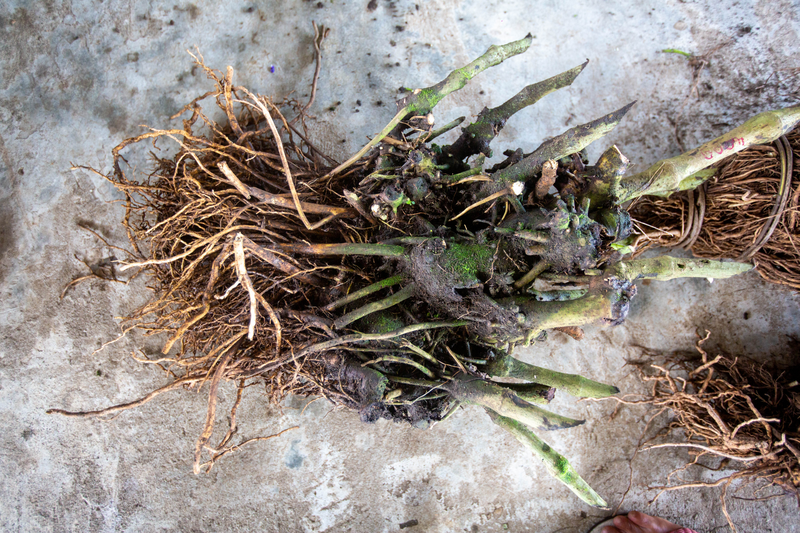
The origins and history of kava in Vanuatu
Kava has been consumed in Vanuatu for centuries, with its use dating back to ancient tribal practices. Traditionally, it was reserved for chiefs and significant ceremonies. Today, it remains a symbol of respect, tradition, and unity. Kava ceremonies mark important moments: weddings, funerals, community gatherings, or welcoming visitors.
Despite changing practices, the importance of kava has not diminished. It remains an essential part of social interactions, whether celebrating a successful harvest or concluding a political meeting.
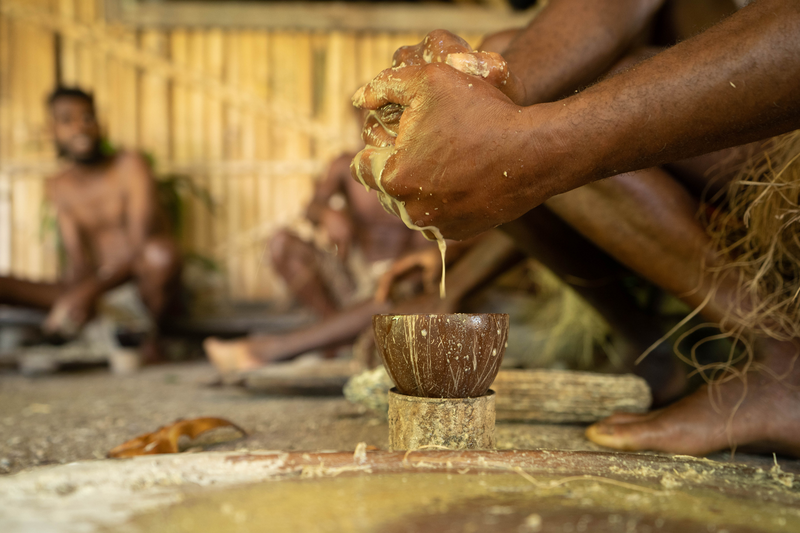
Where does kava grow in Vanuatu?
Kava thrives in humid regions with fertile, well-drained soils. It is primarily grown on several islands across the archipelago, each producing specific varieties suited to local conditions. The main kava-producing islands are:
- Pentecost
- Malekula
- Espiritu Santo
- Epi
These islands are renowned for the quality of their kava, used both locally and exported internationally. The growers' expertise, passed down through generations, ensures the unique quality and flavor of Vanuatu kava.
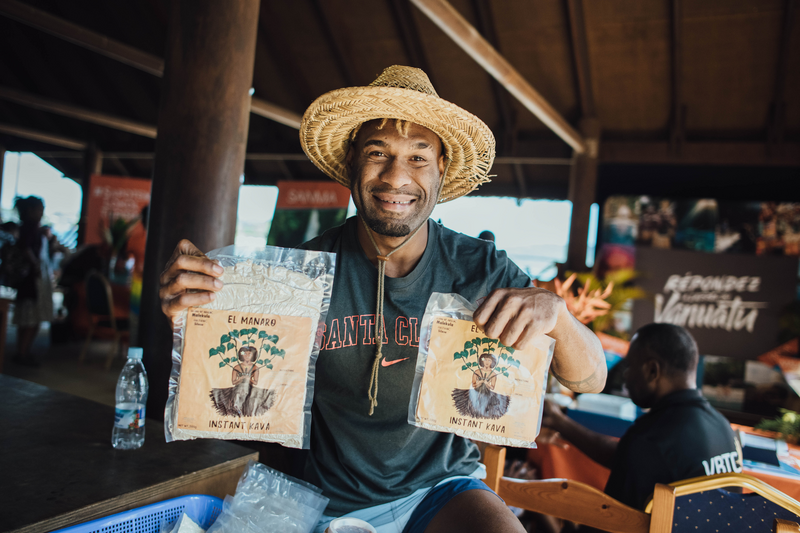
The many uses of kava
-
Ceremonies and Community Rituals
Kava plays a central role in traditional ceremonies. During weddings, funerals, or official welcomes, it is carefully prepared and shared as a symbol of unity and respect. At village meetings, it fosters listening and conflict resolution.
In nakamals (traditional kava bars), kava is consumed to strengthen social bonds and share a moment of calm after a long day of work.
-
Medicinal uses
Kava is also known for its therapeutic virtues. Traditional healers use it to relieve stress, muscle pain, and promote sleep. Its ability to calm the mind and body makes it a natural remedy for anxiety.
-
Kava and the local economy
Kava is a major economic resource for many families. Cultivated for local consumption or export, it represents a significant part of the income for rural communities. Local markets, as well as export initiatives, ensure that kava remains a pillar of Vanuatu’s economy.
-
Kava as a tourist experience
For visitors, tasting kava is a unique and authentic experience. Kava ceremonies offer tourists an opportunity to understand the importance of this drink in local culture. Some tours even include visits to plantations to learn about the cultivation and preparation process.
-
The environmental impact of kava cultivation
Although kava cultivation is essential to the economy, it is not without environmental consequences. Deforestation and soil erosion can become problematic if production is not properly managed. To protect biodiversity, sustainable agricultural practices are encouraged, such as planting on sloping land to prevent water stagnation.
-
The challenges of exporting kava
Vanuatu kava is highly prized worldwide, especially for its relaxing qualities and natural benefits. However, exporting kava poses challenges: meeting international quality standards, ensuring sustainable production, and competing with other Pacific kava-producing countries. To maintain its position in the global market, Vanuatu strives to promote its kava as an authentic and high-quality product.
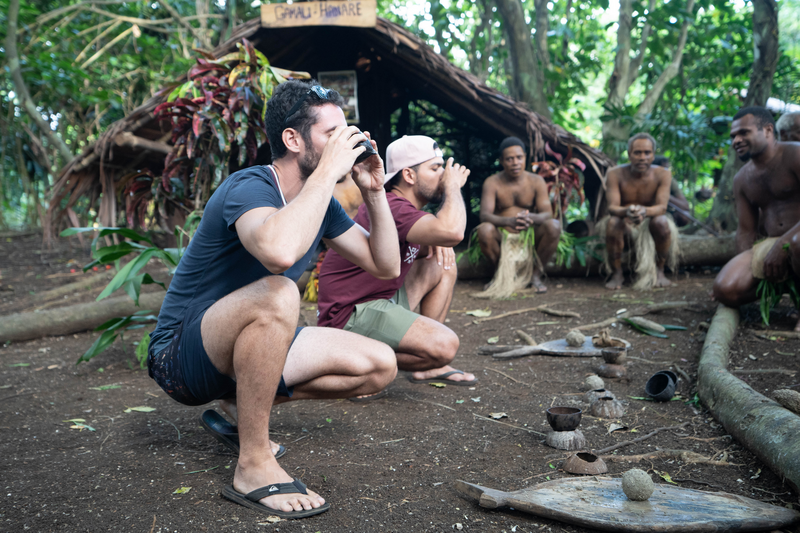
The benefits and risks of kava
When consumed in moderation, kava is appreciated for its calming effects. However, excessive consumption can cause side effects, including liver issues. Local authorities promote best practices to ensure consumer health and encourage responsible kava consumption.
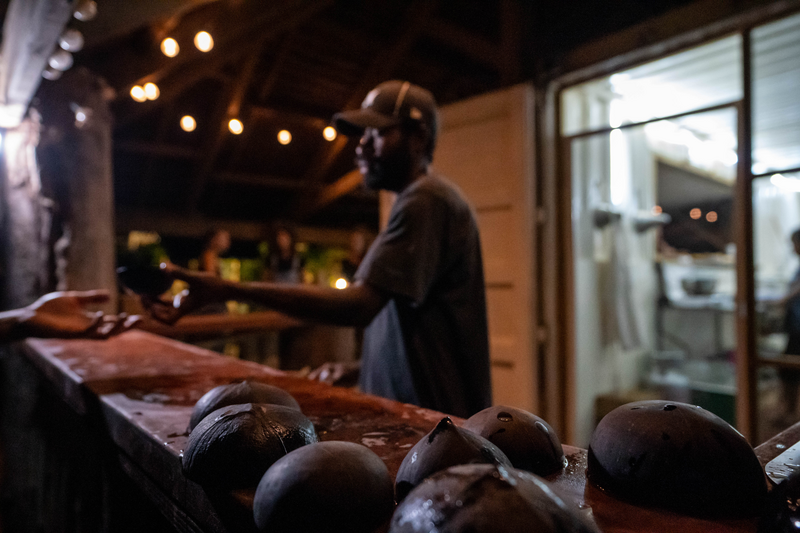
Experiencing kava during your trip
For visitors, discovering kava is a journey into the heart of Vanuatu’s identity. Tasting this beverage in a nakamal or participating in a ceremony is an immersion into the local culture. You can also learn more by visiting plantations on Pentecost or Espiritu Santo.
When you drink a bowl of kava, you are not just tasting a beverage—you are participating in an ancient ritual that connects generations. Kava embodies the community spirit of Vanuatu, offering a moment of authenticity and connection that you will never forget.
